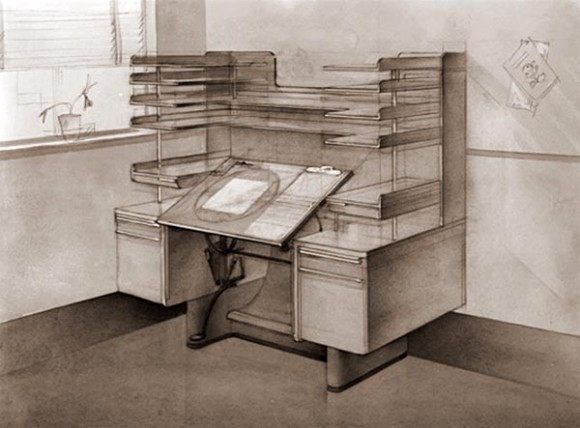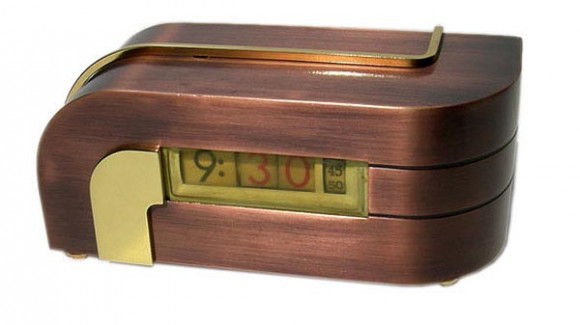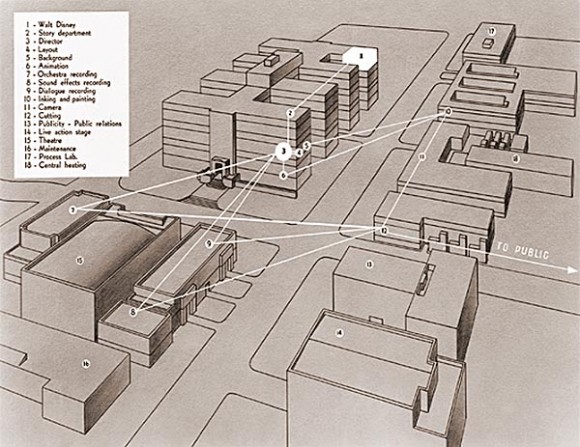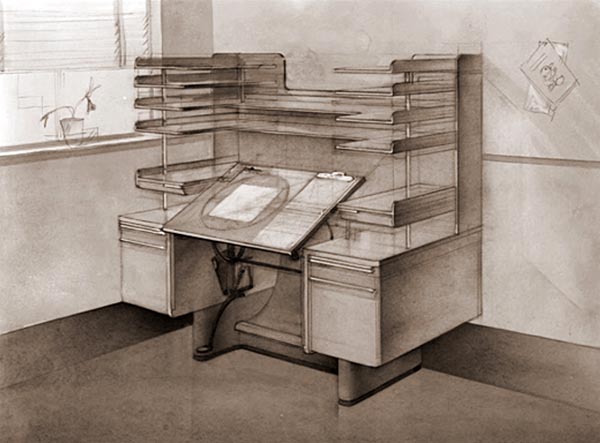
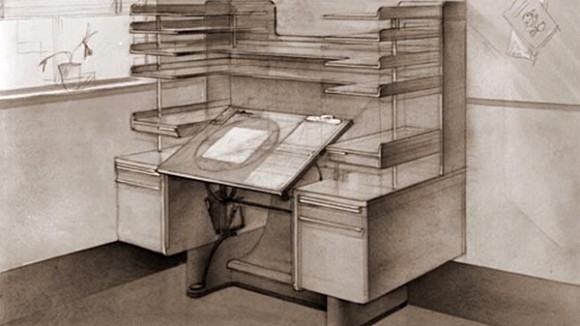
The Beautiful Failure of Walt Disney’s Burbank Studio
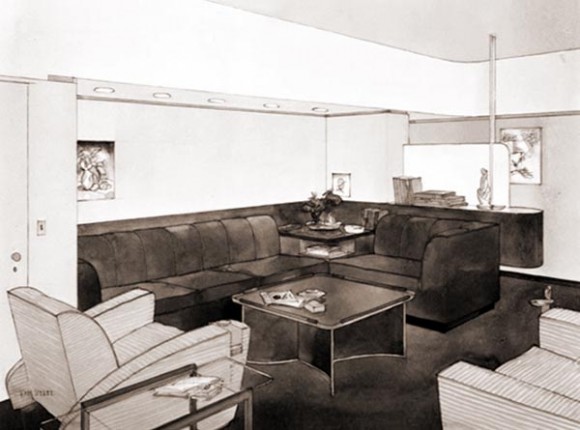
In the late-1930s, Walt Disney enlisted German architect and industrial designer Kem Weber to design a state-of-the-art animation studio from scratch. Weber oversaw every detail of the new Burbank studio from the exterior architecture of the buildings to the Streamline Moderne design of the furniture, desks, and appliances, to the custom typeface used on the studio’s signage.
Yesterday, Hans Bacher posted a fantastic series of images I’d never seen before that show Weber’s layouts of the different spaces in the Burbank studio. You can also see some of Weber’s furniture at the Blue Sky Disney blog.
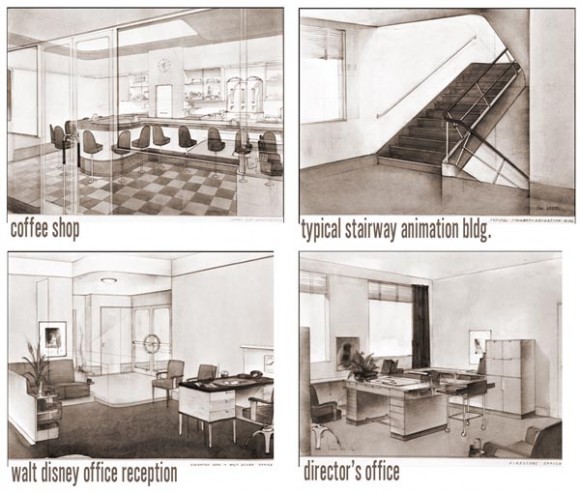
The Burbank studio wasn’t the smashing success that Walt had envisioned, however. It felt cold and sterile to the artists who were accustomed to the cramped and comfortable charms of their old Hyperion digs. Animator Fred Moore complained to Ward Kimball one afternoon shortly after moving into the Burbank studio, “No distinction in the rooms.”
But more than the lack of charm, the Burbank studio’s ostentatious in-your-face luxuriousness suggested a certain tone deafness on Walt Disney’s part. It rankled the hundreds of artists who were struggling to get by on $15-per-week salaries, and who now realized that the company cared more about its films than the well-being of its rank-and-file employees. It hardly mattered to the artists that Walt had had to borrow money from the banks to pay for the construction of the studio. Labor tensions began to escalate just months after artists moved into the studio, and within 18 months, the nasty Disney strike that threatened to destroy the entire studio had begun.
Walt had miscalculated the desires of his artists. He thought they wanted a state-of-the-art facility to create animated films. The average Depression-era artist, however, would have been happier with a few extra bucks per week so that he/she could afford food and housing. Managing the competing interests of studio owners and artists is still a struggle in today’s animation industry, which is why the construction of Disney’s Burbank studio remains an especially instructive moment in the art form’s history.
